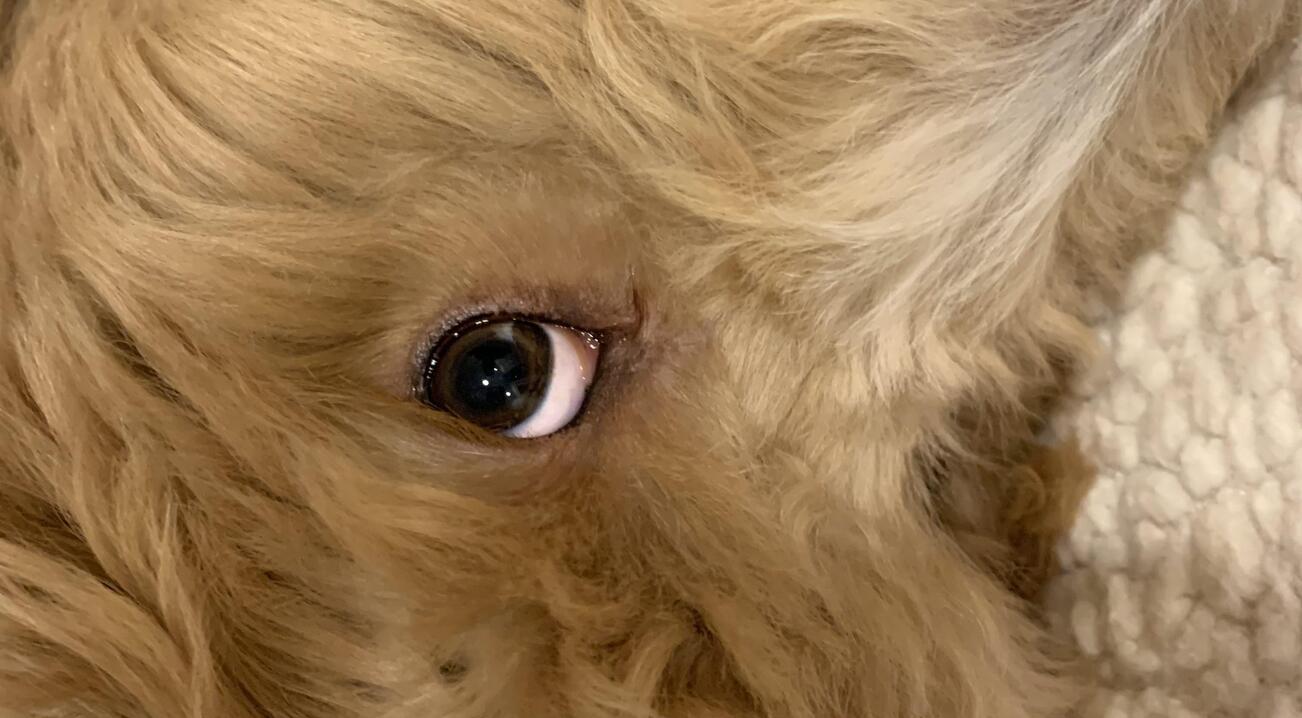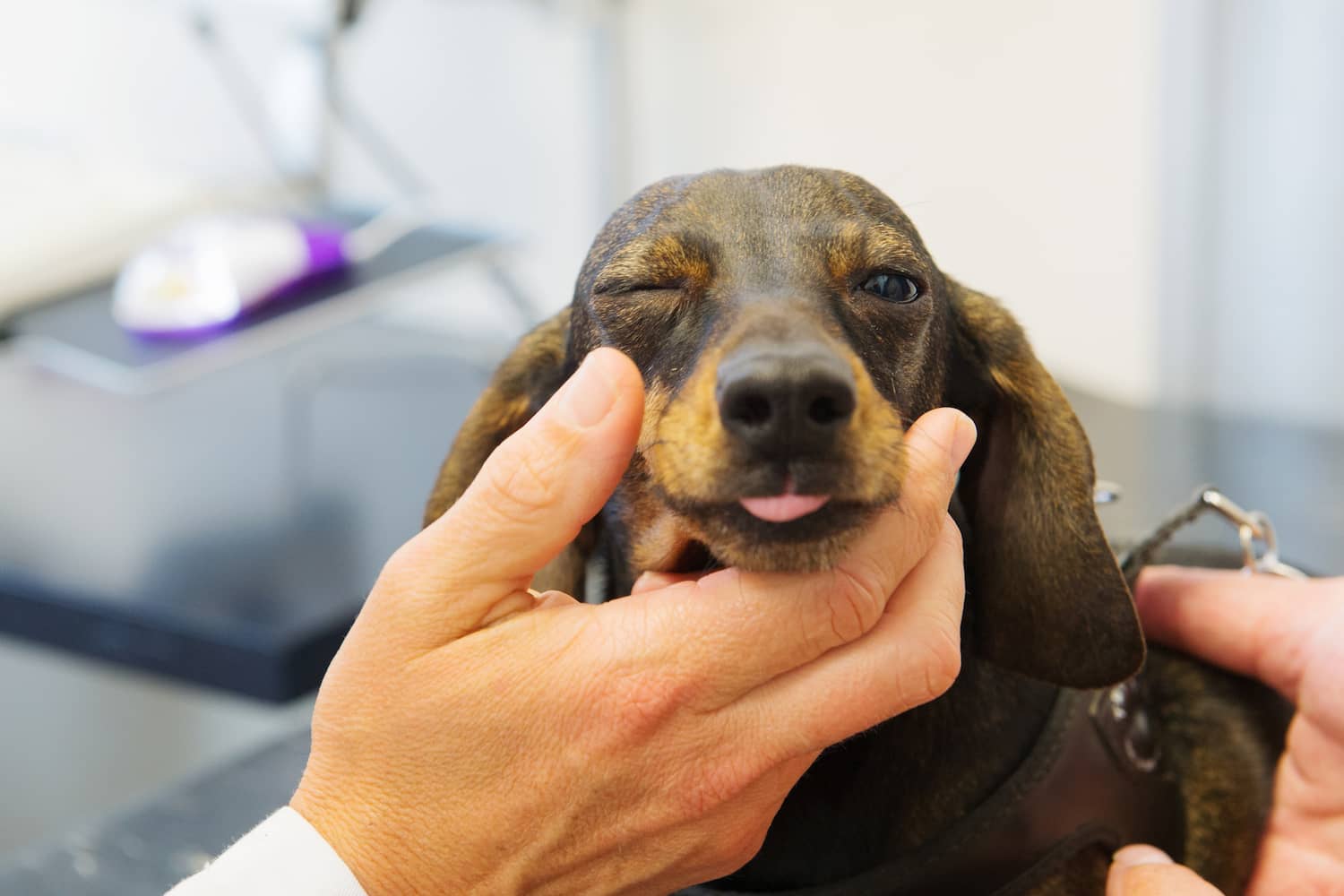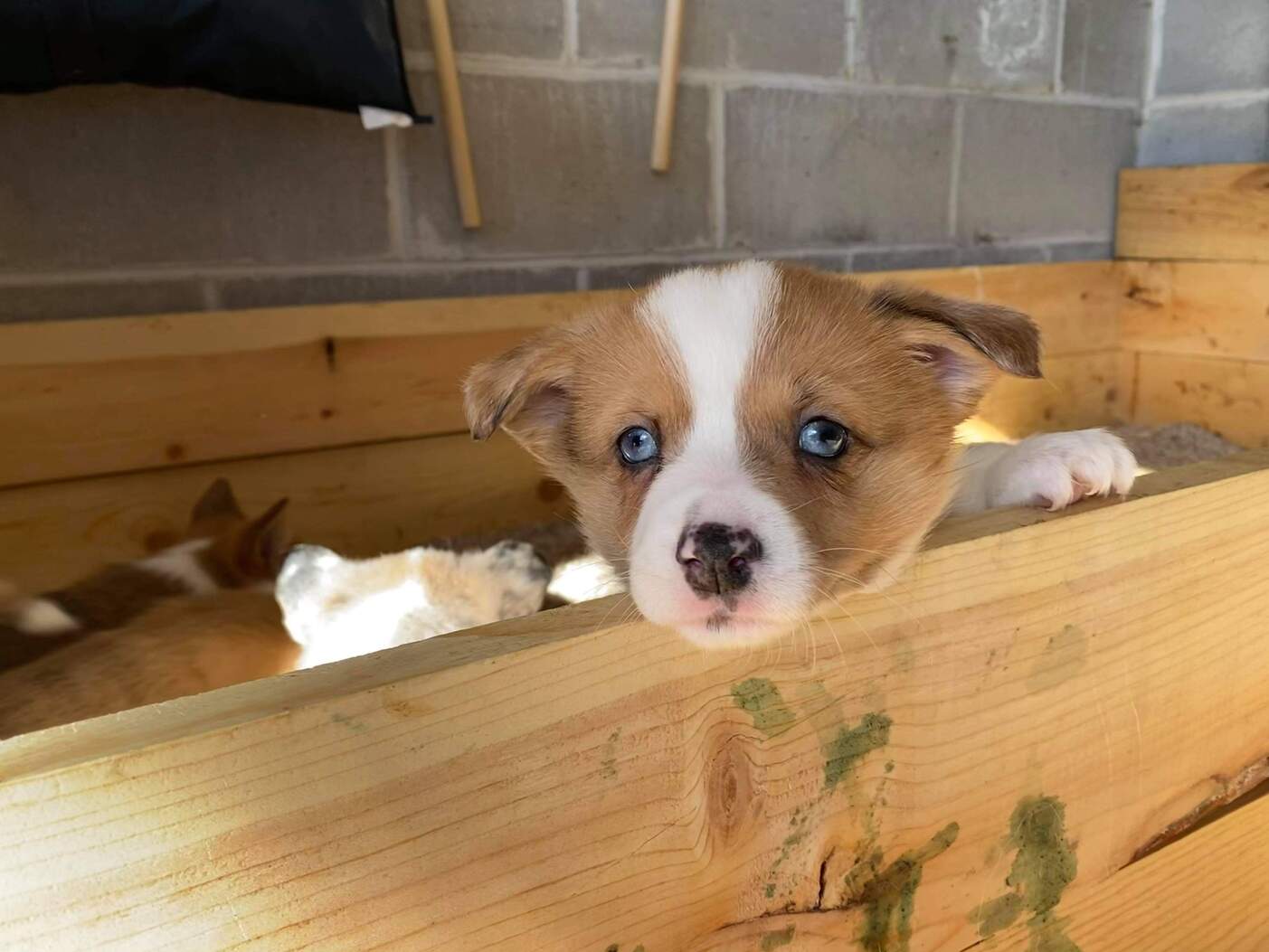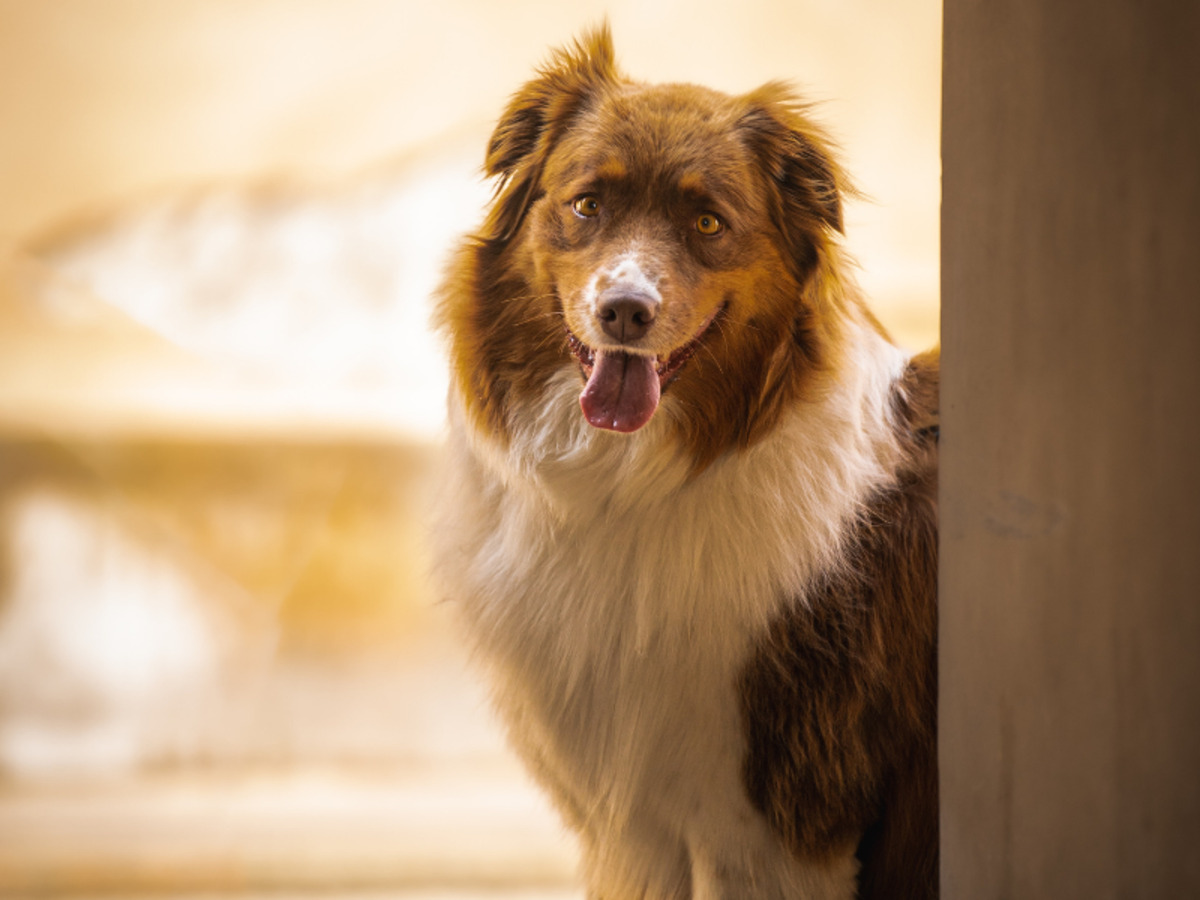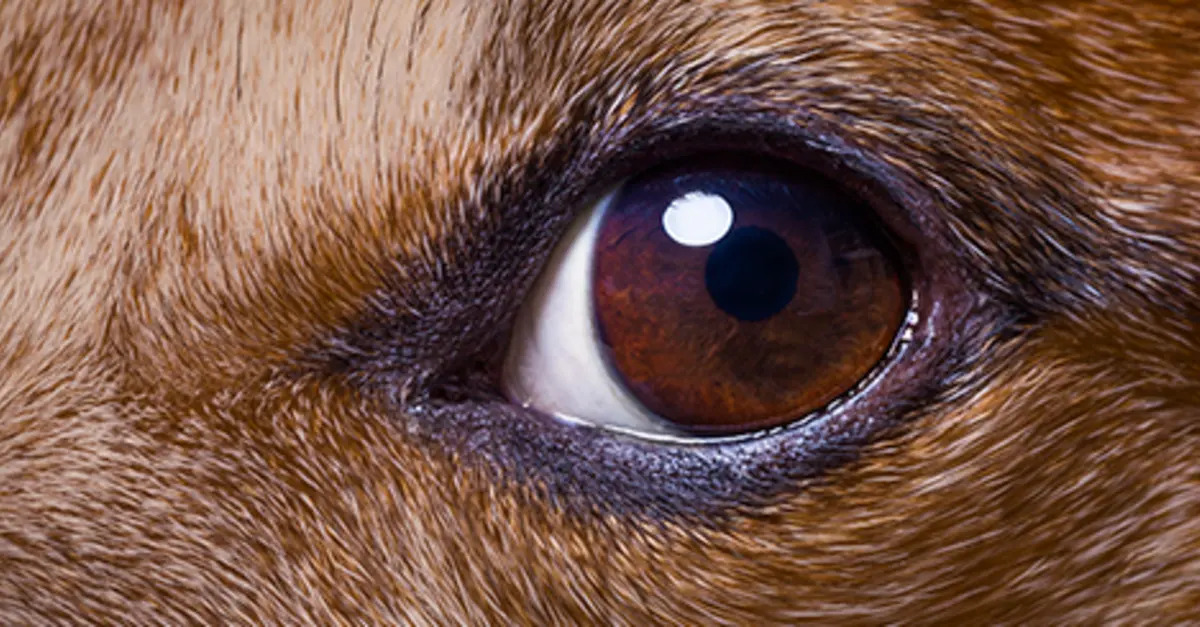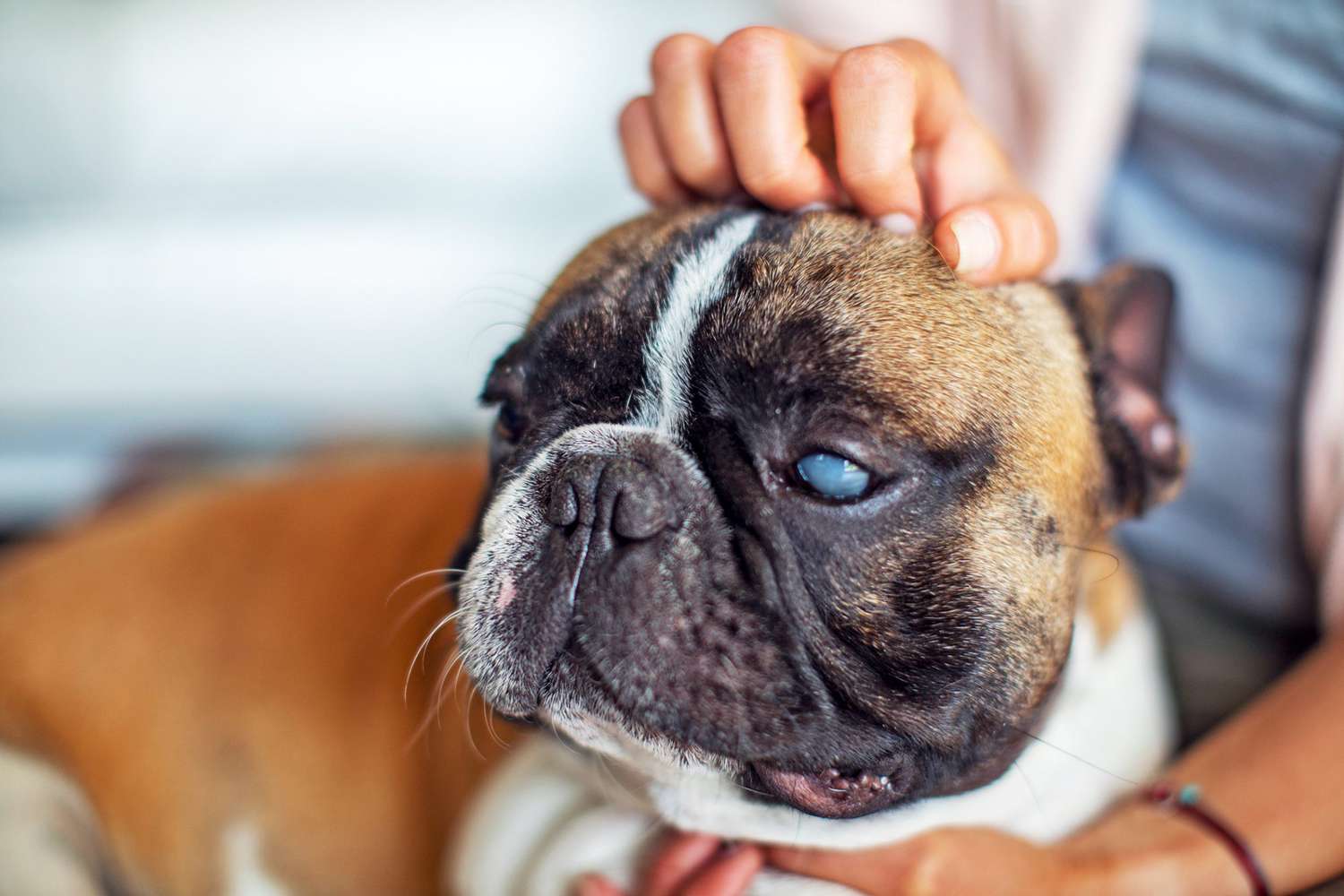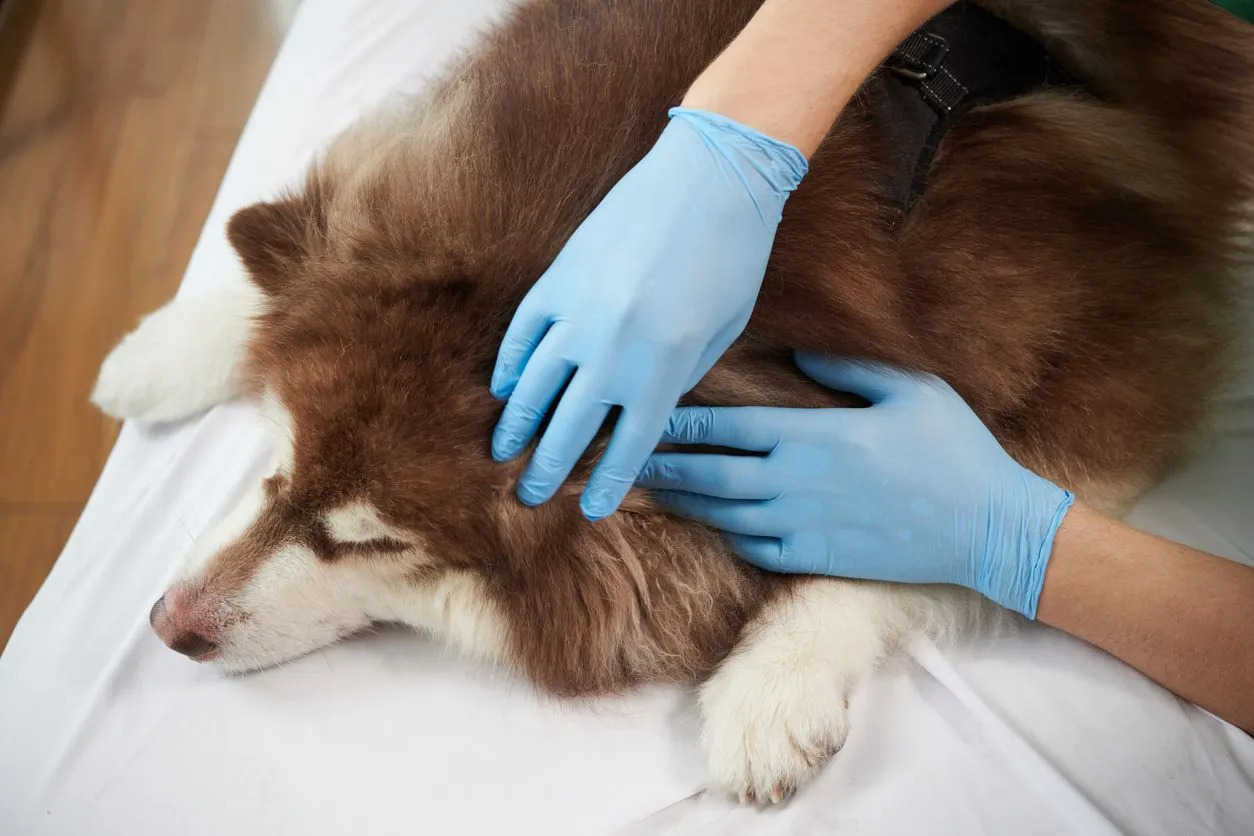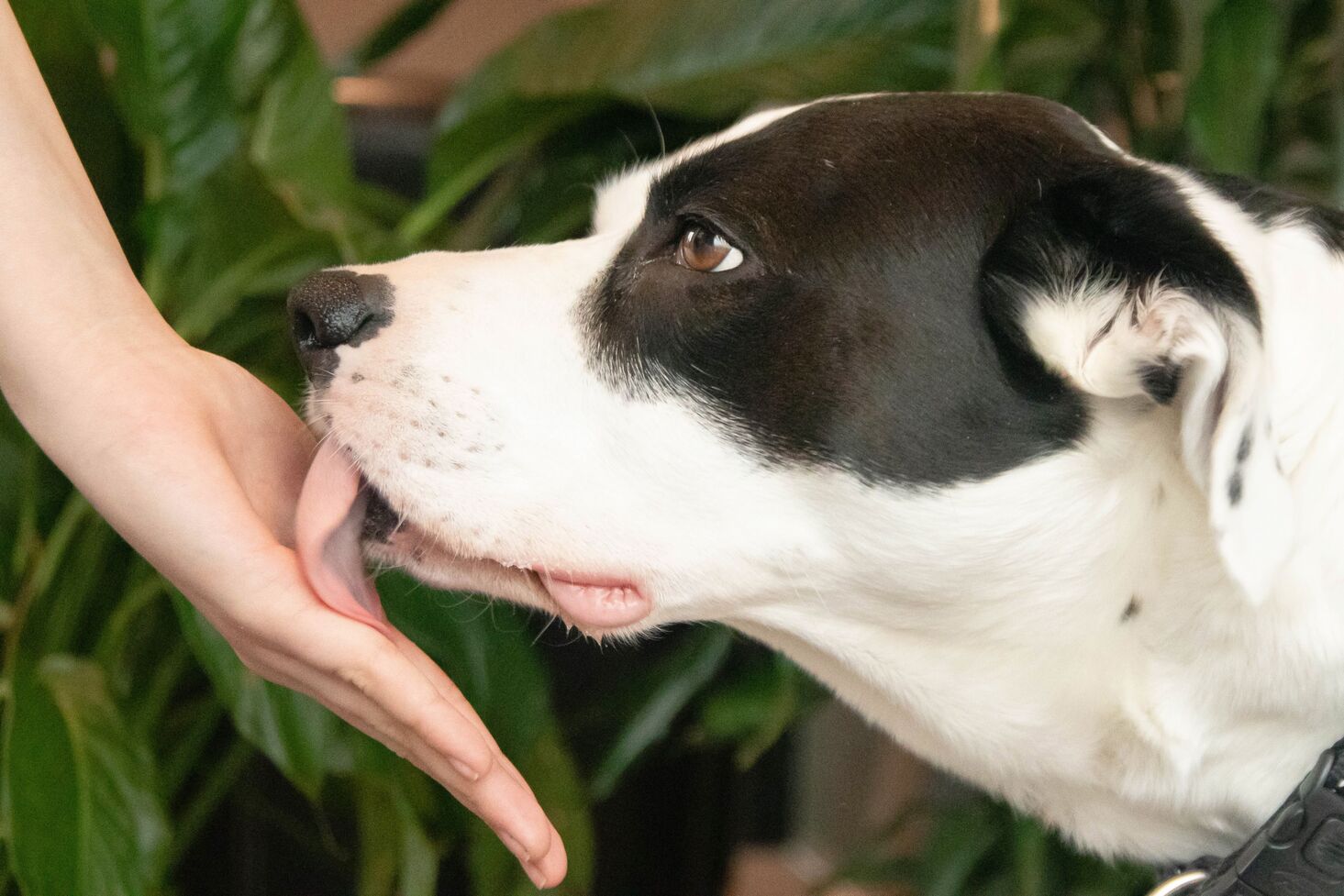Home>Health & Wellness>Common Health Issues>Eye and Ear Health>Why Does My Dog’s Eye Reflect?


Eye and Ear Health
Why Does My Dog’s Eye Reflect?
Published: February 13, 2024
Learn about the reasons behind your dog's eye reflection and how it relates to their eye and ear health. Find tips for maintaining your dog's eye and ear health.
(Many of the links in this article redirect to a specific reviewed product. Your purchase of these products through affiliate links helps to generate commission for Pawsomeoldies.com, at no extra cost. Learn more)
Table of Contents
Introduction
Have you ever noticed a mysterious glow in your dog's eyes when light hits them just right? It's a fascinating phenomenon that has intrigued pet owners for generations. The captivating gleam that seems to emanate from within their eyes is often referred to as "eye reflection." This intriguing occurrence is not exclusive to dogs; it can also be observed in other animals, such as cats and nocturnal creatures like owls and raccoons.
Understanding why your dog's eyes reflect light can provide valuable insights into their ocular health and overall well-being. In this article, we will delve into the anatomy of a dog's eye, explore the remarkable structure known as the tapetum lucidum, examine the reasons behind eye reflection, and shed light on potential health concerns associated with this phenomenon. By unraveling the mysteries behind your dog's reflective eyes, you'll gain a deeper appreciation for the marvels of nature and the unique features that make our canine companions so extraordinary.
Read more: Why Does My Dog Have A Bump By Her Eye
Anatomy of a Dog's Eye
The anatomy of a dog's eye is a marvel of biological engineering, finely tuned to facilitate their visual perception and adapt to various environmental conditions. Understanding the intricate structures within the eye can provide valuable insights into the mechanisms that enable dogs to navigate their surroundings and interact with the world.
The outermost layer of the eye is the cornea, a transparent dome-shaped structure that acts as a protective barrier, allowing light to enter the eye. Beneath the cornea lies the iris, the colorful part of the eye that regulates the amount of light entering the eye through its adjustable aperture, known as the pupil. The iris's ability to dilate and constrict in response to changing light conditions is crucial for maintaining optimal vision.
Deeper within the eye, the lens focuses incoming light onto the retina, a light-sensitive layer that converts light signals into neural impulses. The retina contains specialized cells called photoreceptors, known as rods and cones, which play a pivotal role in visual perception. Rods are responsible for low-light vision and motion detection, while cones enable color perception and visual acuity in brighter conditions.
The retina is connected to the optic nerve, which transmits visual information from the eye to the brain for processing. This intricate network of structures within the eye enables dogs to perceive their surroundings, detect movement, and interpret visual stimuli essential for their daily activities.
Moreover, dogs possess a unique anatomical feature known as the tapetum lucidum, a reflective layer located behind the retina. This specialized structure enhances their ability to see in low-light conditions by reflecting incoming light back through the retina, effectively giving it a second chance to be detected by the photoreceptor cells. The tapetum lucidum contributes to the mesmerizing eye reflection observed in dogs, amplifying their visual sensitivity in dimly lit environments.
In essence, the anatomy of a dog's eye is a testament to the intricate adaptations that enable them to perceive the world around them. From the protective cornea to the light-sensitive retina and the remarkable tapetum lucidum, each component plays a vital role in shaping a dog's visual experience and enhancing their ability to thrive in diverse environments. Understanding the intricacies of their ocular anatomy provides a deeper appreciation for the remarkable capabilities of our canine companions.
The Tapetum Lucidum
The tapetum lucidum, Latin for "bright tapestry," is a remarkable anatomical feature that sets the eyes of dogs and other nocturnal animals aglow with an otherworldly shimmer. Situated behind the retina, this specialized layer serves as a biological marvel, contributing to the mesmerizing phenomenon of eye reflection observed in our canine companions.
Composed of reflective cells, the tapetum lucidum acts as a light-amplifying structure, enhancing a dog's vision in low-light conditions. When light enters the eye, some of it is not absorbed by the retina on the first pass. Instead, it passes through the retina and is intercepted by the tapetum lucidum, which reflects it back through the retina. This process effectively gives the photoreceptor cells a second opportunity to detect and process the incoming light, thereby improving a dog's visual sensitivity in dimly lit environments.
The reflective properties of the tapetum lucidum are responsible for the captivating eye reflection that pet owners often observe. When light, such as a flashlight or car headlights, illuminates a dog's eyes, the tapetum lucidum reflects the light, creating a luminous glow that appears to emanate from within the eye. This phenomenon has captivated the curiosity of animal lovers and has been the subject of folklore and superstition throughout history.
Beyond its enchanting visual effect, the tapetum lucidum serves a crucial biological function. By amplifying available light, it enhances a dog's ability to detect movement and navigate dimly lit environments, aligning with their natural instincts as crepuscular hunters. This adaptation is particularly advantageous for dogs, as it allows them to excel in low-light conditions, such as dawn and dusk, when many of their prey species are most active.
The presence of the tapetum lucidum underscores the remarkable adaptations that have evolved in dogs to optimize their visual capabilities. This specialized structure not only contributes to their exceptional night vision but also adds a touch of mystique to their gaze, captivating the hearts and imaginations of pet owners worldwide.
In essence, the tapetum lucidum stands as a testament to the intricate adaptations that have shaped the visual prowess of dogs, allowing them to perceive the world with heightened sensitivity and navigate their surroundings with remarkable acuity, even in the cover of darkness.
Reasons for Eye Reflection
The captivating phenomenon of eye reflection in dogs is attributed to the unique anatomical features of their eyes, particularly the presence of the tapetum lucidum. When light enters a dog's eye, the tapetum lucidum acts as a light-amplifying structure, reflecting the incoming light back through the retina. This process enhances a dog's visual sensitivity in low-light conditions, contributing to the mesmerizing eye reflection observed by pet owners.
The primary reason for eye reflection lies in the evolutionary adaptations that have optimized a dog's vision for crepuscular activities. Dogs, as descendants of nocturnal hunters, have developed specialized ocular structures to excel in dimly lit environments. The tapetum lucidum, with its reflective properties, allows dogs to make the most of available light, enhancing their ability to detect movement and navigate their surroundings during dawn and dusk, when many of their prey species are most active.
Furthermore, the presence of the tapetum lucidum in a dog's eyes serves as a biological advantage, aligning with their natural instincts as crepuscular hunters. This specialized structure enables dogs to capitalize on the ambient light present during twilight hours, enhancing their visual acuity and facilitating their hunting and scavenging activities.
In addition to its functional significance, the eye reflection observed in dogs adds an enchanting dimension to their gaze, captivating the hearts and imaginations of pet owners. The luminous glow emanating from their eyes when illuminated by light sources such as flashlights or car headlights has sparked curiosity and admiration, becoming a distinctive feature that sets dogs apart in the animal kingdom.
The reasons for eye reflection in dogs intertwine with their evolutionary history, behavioral adaptations, and unique ocular anatomy. This captivating phenomenon not only underscores the remarkable visual capabilities of dogs but also adds a touch of mystique to their presence, further deepening the bond between humans and their canine companions.
Health Concerns
The mesmerizing phenomenon of eye reflection in dogs, attributed to the presence of the tapetum lucidum, also holds implications for their ocular health. While the captivating gleam in a dog's eyes can evoke a sense of wonder, it's essential to recognize that certain health concerns may manifest through changes in eye reflection patterns. Monitoring your dog's eye health and being attentive to any alterations in their eye reflection can provide valuable insights into potential underlying issues.
One of the primary health concerns associated with eye reflection in dogs is the presence of abnormal or asymmetrical reflections. If you notice variations in the intensity, color, or symmetry of your dog's eye reflection, it could indicate underlying ocular conditions that warrant veterinary attention. Anomalies in eye reflection, such as one eye appearing brighter or duller than the other, could be indicative of ocular abnormalities, including cataracts, glaucoma, retinal degeneration, or other vision-related disorders.
Moreover, changes in the consistency of eye reflection, such as persistent alterations in the luminosity or coloration of the reflected light, may signal the presence of underlying health issues. These changes could be linked to inflammation, infection, or structural abnormalities within the eye, necessitating thorough evaluation by a veterinary ophthalmologist to identify and address the underlying causes.
Additionally, excessive or abnormal eye reflection, particularly in brightly lit environments, may be associated with conditions such as photophobia or ocular inflammation. Dogs exhibiting heightened sensitivity to light, accompanied by exaggerated eye reflection, may be experiencing discomfort or distress related to ocular health issues, emphasizing the importance of seeking professional veterinary care to address their needs promptly.
Furthermore, it's crucial to be mindful of any concurrent symptoms or behavioral changes exhibited by your dog alongside alterations in eye reflection. Symptoms such as squinting, excessive tearing, pawing at the eyes, or changes in their visual behavior should be promptly evaluated by a veterinarian to rule out potential ocular ailments and ensure the preservation of their visual well-being.
By remaining vigilant and proactive in monitoring your dog's eye health, including the patterns of eye reflection, you can contribute to the early detection and management of ocular conditions, safeguarding their visual acuity and overall well-being. Regular veterinary examinations and proactive ocular care play a pivotal role in preserving the remarkable gift of sight that enriches the lives of our beloved canine companions.
In essence, while the captivating eye reflection in dogs adds a touch of enchantment to their gaze, it also serves as a window into their ocular health, prompting us to prioritize their well-being and ensure that they continue to perceive the world with clarity and vibrancy.
Read more: Why Does My Dog Have One Dilated Eye?
Conclusion
In conclusion, the captivating phenomenon of eye reflection in dogs, attributed to the presence of the tapetum lucidum, offers a fascinating glimpse into the intricate adaptations and remarkable visual capabilities of our canine companions. The luminous glow that emanates from their eyes when illuminated by light sources such as flashlights or car headlights serves as a testament to the evolutionary marvels that have shaped their ocular anatomy and visual prowess.
Understanding the underlying reasons for eye reflection, rooted in the unique anatomical features of a dog's eyes and their evolutionary history as crepuscular hunters, provides valuable insights into the natural adaptations that enable dogs to thrive in diverse environments. The presence of the tapetum lucidum not only enhances their night vision but also adds an enchanting dimension to their gaze, captivating the hearts and imaginations of pet owners worldwide.
Moreover, while the mesmerizing eye reflection adds a touch of mystique to their presence, it also holds implications for their ocular health. Monitoring changes in eye reflection patterns and being attentive to any anomalies is crucial for the early detection and management of potential ocular conditions. By remaining vigilant and proactive in safeguarding their visual well-being, pet owners can contribute to preserving the remarkable gift of sight that enriches the lives of their beloved canine companions.
Ultimately, the captivating phenomenon of eye reflection in dogs serves as a reminder of the profound bond between humans and animals, offering a glimpse into the marvels of nature and the unique features that make our canine companions so extraordinary. By unraveling the mysteries behind their reflective eyes, we gain a deeper appreciation for the intricate adaptations that enable dogs to perceive the world with heightened sensitivity and navigate their surroundings with remarkable acuity, even in the cover of darkness.
In essence, the captivating eye reflection in dogs not only adds a touch of enchantment to their gaze but also serves as a window into their ocular health, prompting us to prioritize their well-being and ensure that they continue to perceive the world with clarity and vibrancy.

